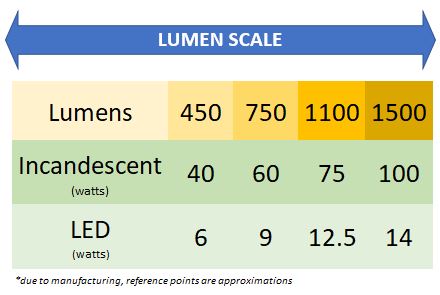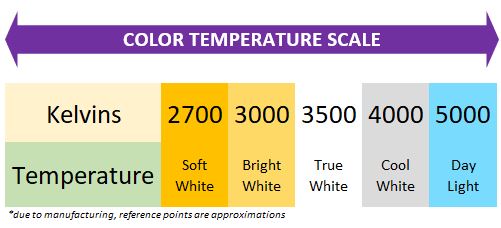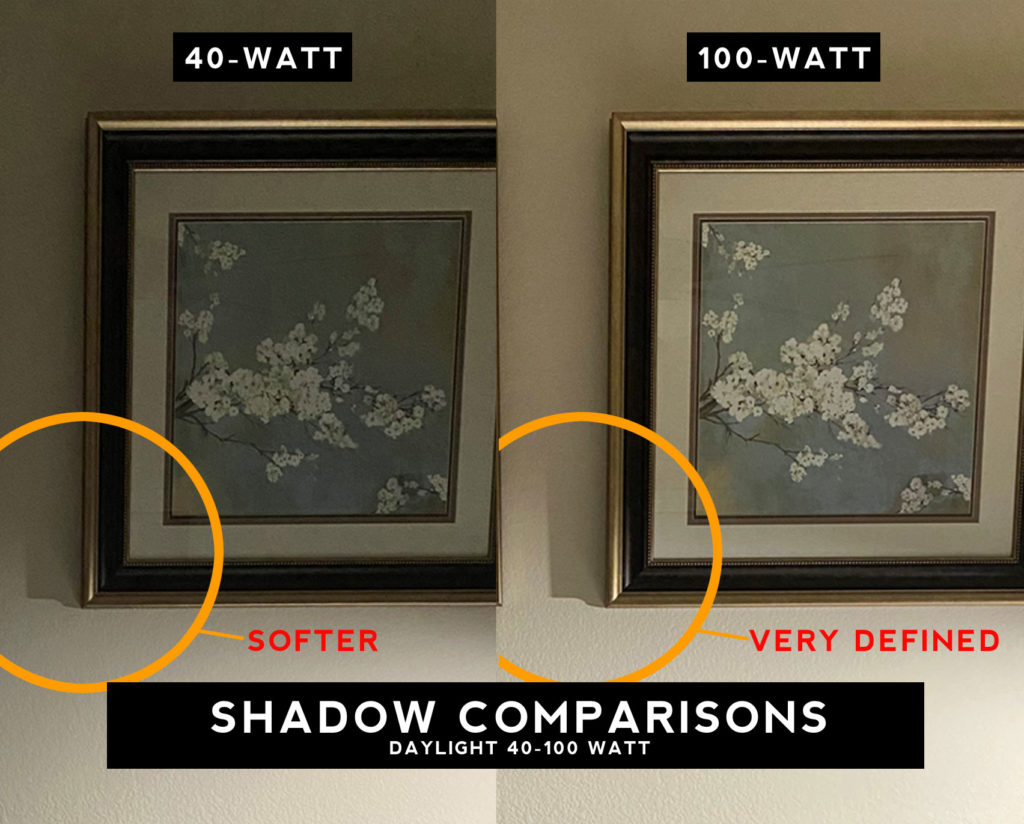Back in the day (which wasn’t that long ago), choosing the right light bulb for most homeowners meant choosing the right wattage for your space: 40, 60, 75, or 100. The common thinking: the greater the wattage, the brighter the room (based on max watts for the fixture).
Thomas Edison might be delighted (and perhaps slightly confused) by the many lighting options available today. Thanks to the Clean Energy Act of 2007, revolutionary LED bulbs now replace most incandescent light bulbs.
However, if you’re like us, you just want to reach for a bulb that works! We’re here to break down the nuances because knowing some of the key differences can enhance a room to make it shine!
AD: a crappy, uncomfortable chair is no way to work from home. Seriously. We put a few chairs to the test and give you 3 reasons why Branch Furniture’s Office Daily Chair exceeds all of our expectations. Try it out for yourself and get $20 off $150 by clicking this link. Special terms and conditions apply*.
What are lumens?
We often came across this word, but never really understood its meaning. Because efficient bulbs like LED require less wattage to produce the same exact brightness as an incandescent bulb, the commonly held belief where watts = brightness, no longer made sense (in fact, by definition it never did). For example, an equivalent 60-watt LED bulb actually uses about 9-12 watts.
The industry naturally phased in a new term: lumens. A 60-watt incandescent bulb is about 750 lumens. And so is a 9-watt LED bulb. The definition poses a learning curve. It’s extremely difficult to replace a way of thinking since the invention of the light bulb! And why newer packaging includes watt equivalents.

What is color temperature?
Reading under a fluorescent light fixture vs. a regular lamp at home will reveal stark differences much like comparing lighting at a school or commercial office building.
That’s because a fluorescent light emits a much different color, perhaps closer to daylight. To help folks choose the right color, a new category emerged: color temperature. The scale is measured in Kelvins and ranges from 1,000 K – 10,000 K. Still, it can be confusing: 2700 K+ is referred to as ‘soft to warm light’ while 5000 K+ is considered ‘bright white to daylight.’

Testing the ranges
Without testing the ranges in a dark room, it’s kind of difficult to imagine the choices. So, we locked ourselves in a closet to help illustrate (yes, we were kind of scared of the dark).




The range seems indiscernible to the naked eye. But if you look a little bit closer, the shadows become well-defined. A 1500 lumen bulb can extend the reach of light, especially for a large room. Objects closer to the light source are well lit, but suffer from dramatic shadow. It goes without saying, a small room perhaps could require fewer lumens so that shadows naturally transition. But these are all very small nuances. In our experience, regardless of temperature, this really just comes down to personal preference: dramatic flair vs. chill.
As always, send us any questions and don’t forget to follow our Instagram stories!
AD: projects cost MONEY! That’s why we’ve put our trust in Discover Card Member Services – a reliable and secure line of credit with cashback that puts extra dollars back in our wallet. Get $50 dollars for enrolling with Discover Card as a new member. More dollars BACK IN YOUR WALLET! Special terms and conditions apply*.
*Build-to-Made is not responsible for third party offers or websites. In rare instances, we receive a very, very small (I mean small) referral bonus that helps run this blog. We typically do not recommend products or services unless we think it will be worth it. But sometimes, even companies falter. That being said, please responsibly read all of the terms and conditions prior to purchase or service activation.
